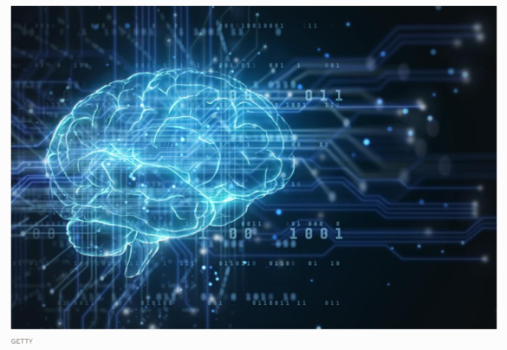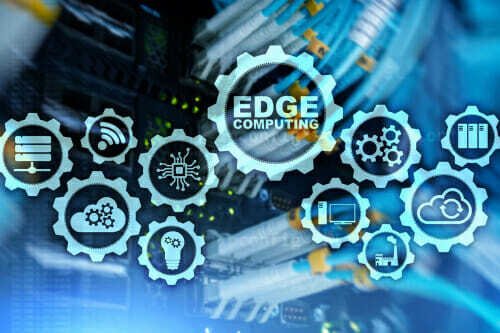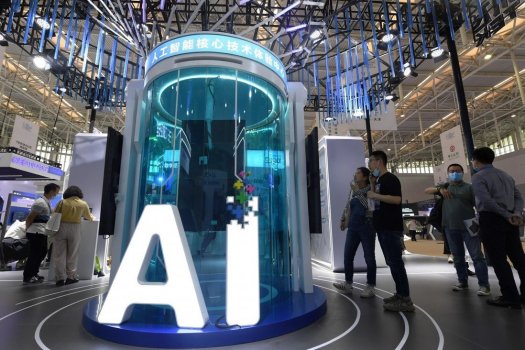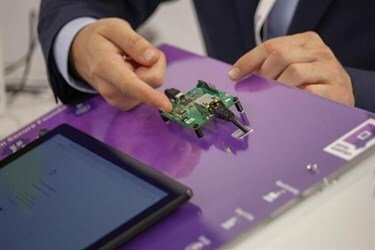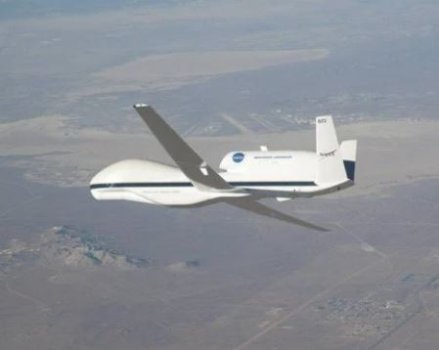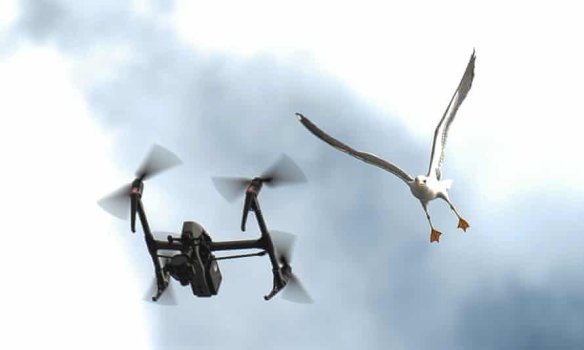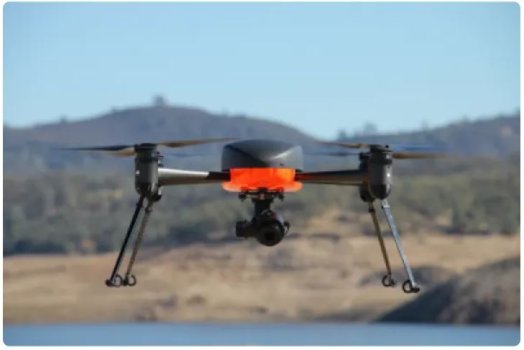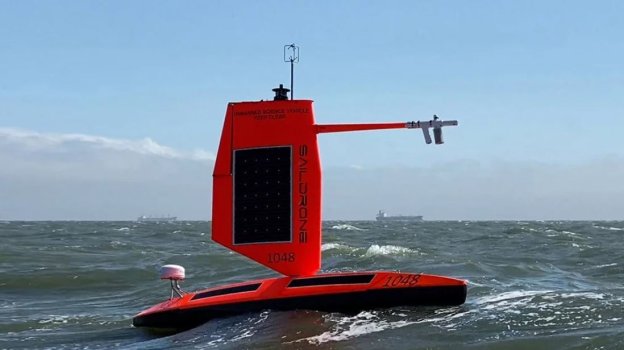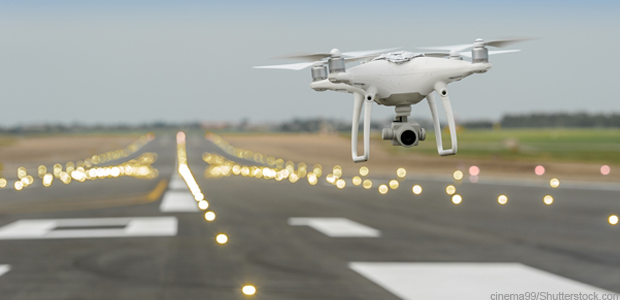What is artificial intelligence (AI)
- Technology Solutions
- 0 Replies
What is artificial intelligence (AI)?
Artificial intelligence is a branch of computer science concerned with the development and study of machines that are capable of learning, making decisions, planning, problem-solving, and demonstrating other features of natural (e.g. human) intelligence.
AI is used in almost every industry in the world to facilitate repetitive tasks, generate new insights, and organize and understand vast amounts of information. Today, AI tools are readily available to businesses of all sizes, from entrepreneurs to enterprises, and companies that fail to make full use of AI are destined to fall behind the competition.
Here’s a look at what AI does and how businesses can use it in everything from sales and marketing to customer service and operations.
What does AI do?
At its core, AI leverages data to make autonomous decisions about a given set of tasks or processes. The complex computational techniques and algorithms at its disposal allow it to operate more efficiently than traditional computer programs, and often more efficiently than humans.
Whereas traditional AI relied mostly on robust computing power to grind its way through millions of “if-this-then-that” scenarios, modern techniques like machine learning (ML) and deep learning (DL) which make use of, for example, artificial neural networks and are better able to approximate natural intelligence. As a result, AI can be used in a much wider range of scenarios than ever before. These include:
Artificial intelligence is a branch of computer science concerned with the development and study of machines that are capable of learning, making decisions, planning, problem-solving, and demonstrating other features of natural (e.g. human) intelligence.
AI is used in almost every industry in the world to facilitate repetitive tasks, generate new insights, and organize and understand vast amounts of information. Today, AI tools are readily available to businesses of all sizes, from entrepreneurs to enterprises, and companies that fail to make full use of AI are destined to fall behind the competition.
Here’s a look at what AI does and how businesses can use it in everything from sales and marketing to customer service and operations.
What does AI do?
At its core, AI leverages data to make autonomous decisions about a given set of tasks or processes. The complex computational techniques and algorithms at its disposal allow it to operate more efficiently than traditional computer programs, and often more efficiently than humans.
Whereas traditional AI relied mostly on robust computing power to grind its way through millions of “if-this-then-that” scenarios, modern techniques like machine learning (ML) and deep learning (DL) which make use of, for example, artificial neural networks and are better able to approximate natural intelligence. As a result, AI can be used in a much wider range of scenarios than ever before. These include:
- Revealing patterns in chaotic or extremely large datasets, like all the web searches running through Google right now or all the purchases being made on Amazon.
- Monitoring the real world and making situational decisions, e.g. to drive a car or reroute ground or air traffic.
- Understanding human speech and responding to written or spoken commands, like Apple’s Siri and Amazon’s Alexa.


